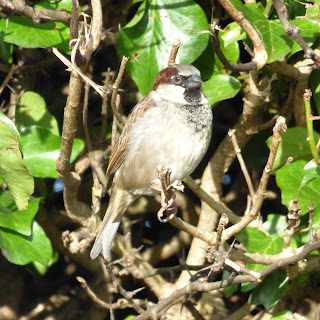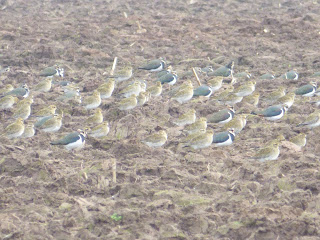Shortie in flight across the meadows
Amazing views
Afternoon light under Malverns
A different Short-eared Owl
Viewing spot from the church
Shortie sat up in the tree
You can't beat a winter afternoon looking for Owls so the wife and I opted to head over to Kempsey near Worcester to see if we could see any following a string of recent reports. Parking at the church (signposted) we went through the church yard where there was a patch looking over the river and flooded meadows. Instantly a Short-eared Owl passed in front of us and sat up perched in the field opposite the pumping station.
We then headed down the fields as we wanted a walk as we reached the bottom corner we found a Shortie sat up on a post. After taking a few record shots we watched four different owls fly all around us as they hunted for food. The view of the one flying over the flood fields was stunning. In addition there were at least another two Owls on the south side of the river than could be scoped from the church viewing point. The only other additional sighting was 18 Goosander on the river. If you are heading that way……take those wellies !


















































